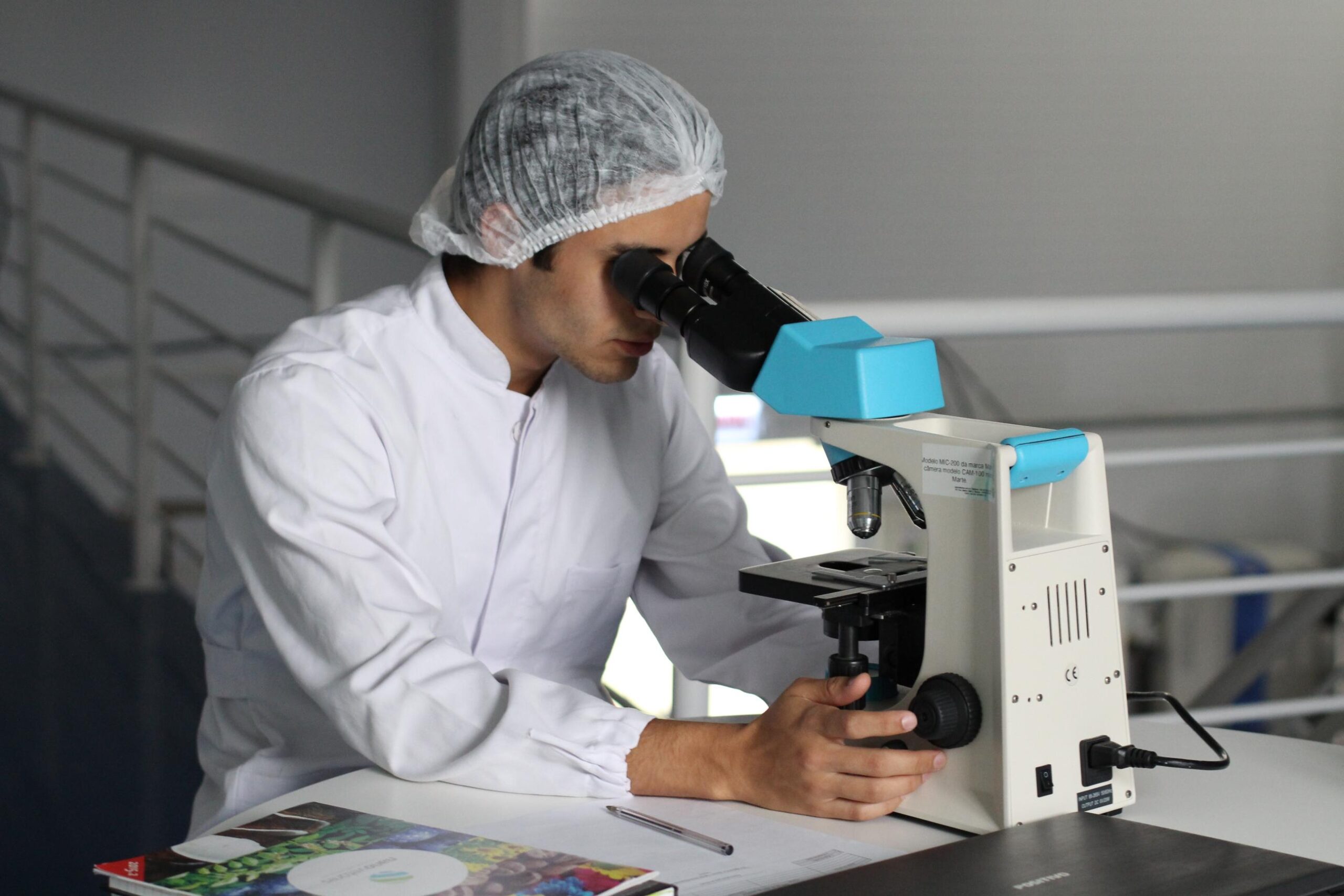1. Advancements in wearables: Wearable devices have become more sophisticated and capable of monitoring various health parameters such as heart rate, blood pressure, sleep patterns, and more. These devices provide doctors with real-time data on their patients’ health remotely.
2. Virtual visits: The COVID-19 pandemic has led to widespread adoption of virtual visits, where patients can consult with healthcare providers through video calls. This has allowed patients to receive medical advice and care while minimizing the risks of exposure to infections.
3. Remote monitoring of chronic conditions: Remote patient monitoring devices allow doctors to track patients’ vital signs, symptoms, and overall health remotely. This is particularly beneficial for managing chronic diseases such as diabetes, heart conditions, and hypertension.
4. Mobile health applications (mHealth): The development of mobile health applications has enabled patients to monitor their health, access medical information, and receive personalized recommendations. These apps also facilitate communication between patients and healthcare providers.
5. AI-powered diagnostics: Artificial Intelligence (AI) has shown great potential in diagnosing medical conditions accurately and quickly. AI algorithms can analyze patient data and medical images to identify patterns and provide insights for accurate diagnosis and treatment plans.
6. Remote consultation platforms: Numerous platforms now facilitate remote consultation between patients and doctors, allowing for easy access to medical professionals and reducing travel and waiting times.
7. Integration with electronic health records (EHR): Telemedicine and remote patient monitoring systems are increasingly being integrated with electronic health records, allowing for seamless sharing of patient information between healthcare providers and enhancing continuity of care.
8. Home monitoring kits: Specialized kits are being developed for patients to monitor their health conditions from home. These kits often include medical devices like blood pressure monitors, glucometers, and pulse oximeters, enabling patients to regularly check their health indicators and share the data with their healthcare providers.
9. AI-driven chatbots: Chatbots are being used to provide patients with basic medical information, answer common health-related queries, and direct them to relevant healthcare resources. This improves patient education and access to healthcare information.
10. Telehealth reimbursement policies: Various governments and insurance providers have expanded reimbursement policies to cover telemedicine services, making virtual consultations and remote monitoring more accessible and affordable for patients.




